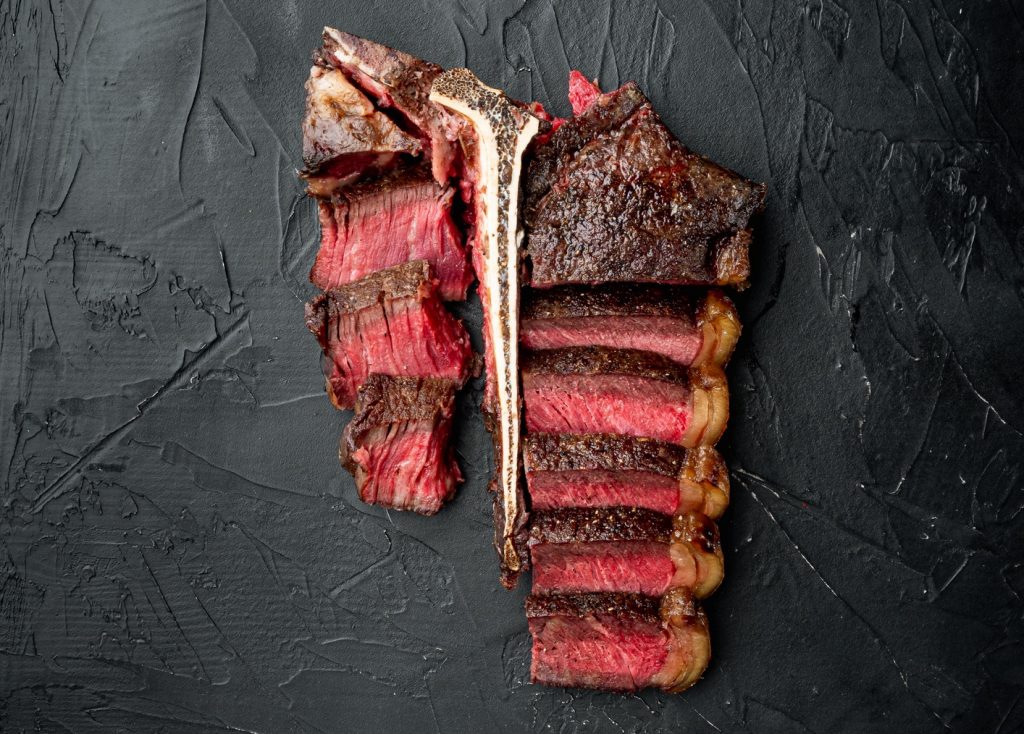
According to research1 conducted by Finder, around 14% of the UK’s adults do not eat meat, meaning they are either vegetarian (6%), vegan (3%) or pescatarian (5%). An additional 12% more are planning to join them in 2021. Although the numbers are somewhat different in every country, the conclusions one can draw from them are usually the same: not only is the meat-free food market already substantial, but it is growing at an unprecedented pace.
For the restaurant industry, this has a number of implications. The most obvious one of course is that ignoring the needs and wants of 14% (let alone 26%) of the population is not good business. Another implication that is not only more overlooked than the previous one, but also more crucial, is the outsize effect vegetarians (in this article used as a catch-all term for the groups outline above) have on the purchasing decisions of others.
After all, the numbers being as they are, it becomes increasingly hard to imagine a group of people – be it family, friends, or colleagues – that does not have a vegetarian in their midst. That means that not properly catering to vegetarians will not only make them go to another restaurant instead of yours, but they will also take their carnivorous friends, family members and colleagues with them. After all, the needs and wants of the non-vegetarians are less restrictive and thus more likely to be met wherever they go. Instead of one potential costumer, you just lost several.
Align with your concept
What is required to properly cater to vegetarians then? Although many, if not most, restaurants haven’t figured it out, the answer is actually quite simple. Instead of putting yet another uncharacteristic (for the restaurant in question) vegetable lasagna, tart tartin, tempura or curry on your menu, consider coming up with dishes that actually fit the rest of your menu and align with your concept and core competency.
This is often quite easy. To provide an anecdotal example: a few years ago, my mother, a veteran vegetarian (who ironically happens to make the best Ossobuco in the world), and I went to restaurant that was mostly known for stampot (a Dutch variation of mashed potatoes) served with meatball stew. Instead of relying on their core offering to attract vegetarians, by offering stampot, itself vegetarian, with a vegetable stew, or even a meatball stew made with imitation-meat, the vegetarian dish offered was a whitewashed, mediocre, uncharacteristic vegetable tempura. By doing something like that, restaurants provide substandard experiences to vegetarian customers.
If readers – be they restaurateurs or just customers – are being honest with themselves, they will admit that variations of this scenario are still the rule, not the exception. But it does not have to be, as my little example also shows. Of course, it won’t always be as simple to introduce an attractive vegetarian dish (or ideally several) that fits the existing menu and is aligned with the restaurants core competency. However, it’s also never especially difficult. If restaurateurs and chefs can’t figure out, there are consultants who will do it for them.
If the business case outlined above is not enough (it should be), there is also the fact that the restaurant industry has a societal responsibility to increasingly move away from meat. As I have explained in a previous article, climate change cannot be stopped without an aggressive reduction of the amount of meat we consume. Restaurants too must take their responsibility.
Marius Zürcher
About the author:
The co-owner & founder of start-up 1520 in Apeldoorn, Netherlands, Marius Zürcher was a participant at FCSI’s ‘Millennials’ focused roundtable at INTERGASTRA 2018.




